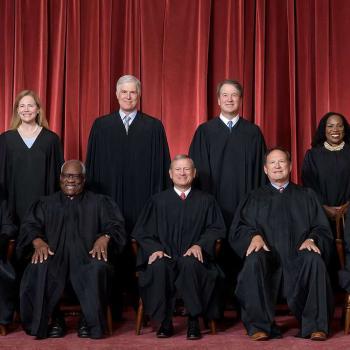We are standing at a critical juncture in history, when the future of the printed word can no longer be taken for granted. It is appropriate therefore to ponder the implications the digital revolution might have for the Church’s reception of Scripture. What might be the future of the Bible’s role for the Church in a world where our communication technologies are changing so rapidly?
To explore this question, it may be helpful first to consider some of the effects of previous paradigm shifts in communication technologies. In the history of human literacy, the “book” has undergone four key transformations. These can be crudely sketched as follows.
According to the historian Frederick Kilgour, the first phase in the history of the “book” roughly spanned the years 2500 b.c. to a.d. 100, when men used a stylus to inscribe text onto clay tablets. The second phase of book-making technology began about 2000 b.c. and lasted to about a.d. 700, when a brush or pen was used to write on papyrus rolls. The years a.d. 100 to the present are the period of the codex, a term that has become almost synonymous with our term “book.”
As these dates indicate, there was considerable overlap between the different phases of book-making technology. The fourth transformation, currently in overlap with the age of the codex, is, of course, the electronic book.
Within the era of the codex, there have been two important developments that helped give the written word the particular primacy it has enjoyed in Western culture. The first of these may seem trivial to us, but was of vital importance not only in affecting our relationship with the written word, but also in bringing reading to a wider audience. I have in mind the practice of putting spaces between words.
Word Separation & Silent Reading
When, in the eighth century b.c., man first began to move from pictorial symbols to an alphabetic text, writing was simply an adjunct of speech. Since we do not pause between each word when we speak, it never occurred to our ancestors to put spaces between their written words. They were simply transcribing what they heard. A corollary to this was that silent reading remained a relative anomaly.
[Keep reading. . . ]












